|
Keeping chickens and other poultry in winter isn’t difficult but it does require some preparation as repairing or setting up fences in 3ft deep snow or scrambling with extension cords and heat lamps to prevent frost bite in sub zero conditions isn’t easy. Each of the next 6 weeks, I’ll focus on one aspect of caring for chickens and ducks in winter The main things to prepare for are:
Managing Snow Load and Depth on Shelters and FencesLike most things, snow can be both a pleasure and a pain. Beautiful but difficult to deal with when it piles up. It’s fitting that I am late with writing this post because of heavy snowfall. This last few days we got almost 1.5 feet of snow with more falling for the next day, and for days after. To manage all this snow, you need more than a shovel, more than a plow; you need to plan for it, to have structures and fencing that can handle the weight and give you access to move the snow away if needed. Since chicken runs are usually covered to protect them from hawks and bobcats, having to shovel the snow out is not easy. No just throwing it over the fence. Instead you have to move it out the doorway. It’s better to keep the snow out in the first place. This can involve a tarp or sheet of plastic to cover the run, but if you expect more than just a dusting of snow, you need to support it from the weight of all that snow. And just like homes in snow-heavy regions don’t have flat roofs, its best to build your structures so that they shed the snow they accumulate on their own (or with a little help).
If you get a lot of snow, you will also want to consider the piles that accumulate next to the structures that were built to shed it. I keep each run about 4 feet apart so I have enough room to walk between and for the snow to shed off the run but not engulf them from the sides. Also, consider those sloped roofs. The snow can fall off quickly and can easily bury a tiny hen in an avalanche. Even if you saw it happen, they would probably be crushed (chicken bones are hollow as well) and even then they would suffocate in a few minutes. Tip: It's not only roofs that create 'avalanches' but also trees, especially conifers. Their wide branches and needles will collect snow until it is heavy enough to bend that branch and all the snow drops. Chickens will naturally want to shelter under them, but keep them away until heavy accumulations have cleared. If your snow is going to stick around awhile, it is important to build doors and gates with a tall enough threshold to not get blocked by compacted snow. All of my runs are built on 2X4s on their side. The barn door is about 10” off the ground, and any exterior access to huts or coops is above ground level (sometimes I just raise a hut by putting it on some bricks). Snow is heavy and takes time and energy to move, so limit how many paths you need to keep clear by carefully placing your structures. No matter what I have to keep a path to the barn, so I placed each coop and run along that path so I don’t have to loop through the field to clear the access to the chickens (& ducks) and can easily keep a path wide enough to pull the ‘tea trolley’ filled with water and food each morning. With a little planning before the snow piles up, you can keep your chickens happy and your sanity. And don’t worry about keeping every speck of snow away from them. They love to eat it, just like every child, dog, and other animals.
Next week, I’ll describe how I keep their coops clean when everything is frozen, even their poop (and sometimes the eggs)! -Farmer Meg: chicken herder, cat wrangler, duck whisperer, dog walker, vegetable plucker, and flower buncher.
0 Comments
Leave a Reply. |
AuthorI'm Farmer Megan with a life full of cackles, clucks, quacks, weeds, crazy kitten, and one tiny, senior, blind dog. Archives
May 2024
Categories
All
|
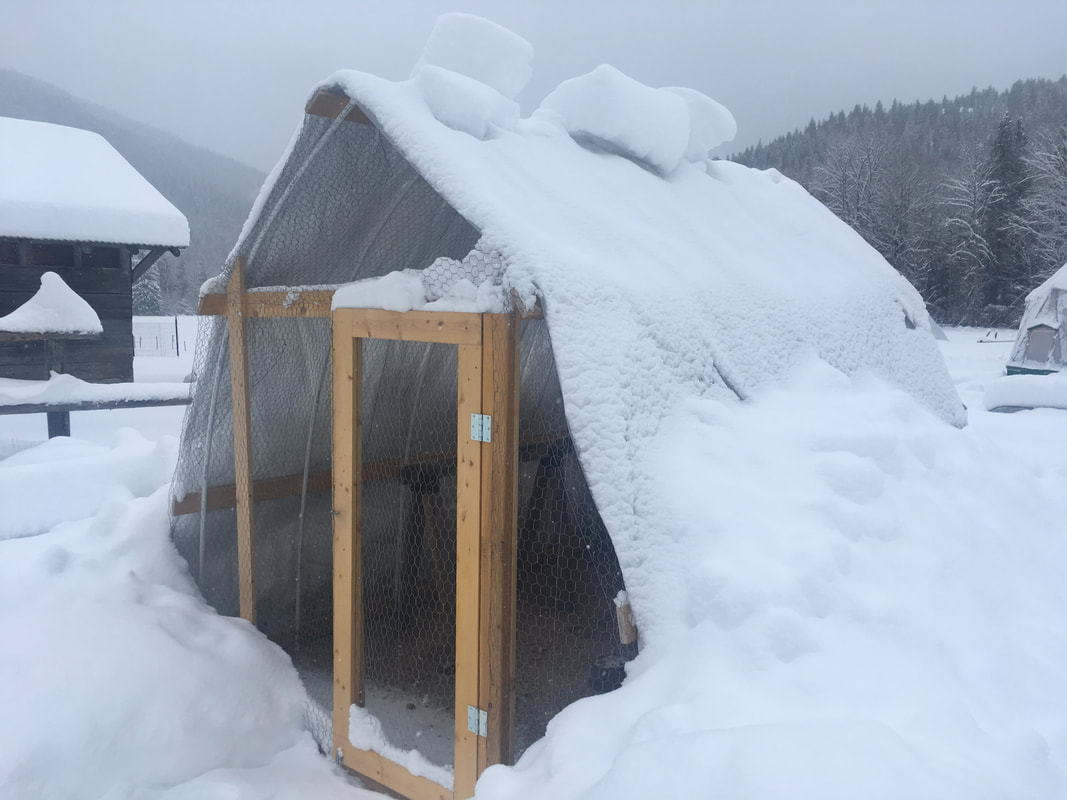
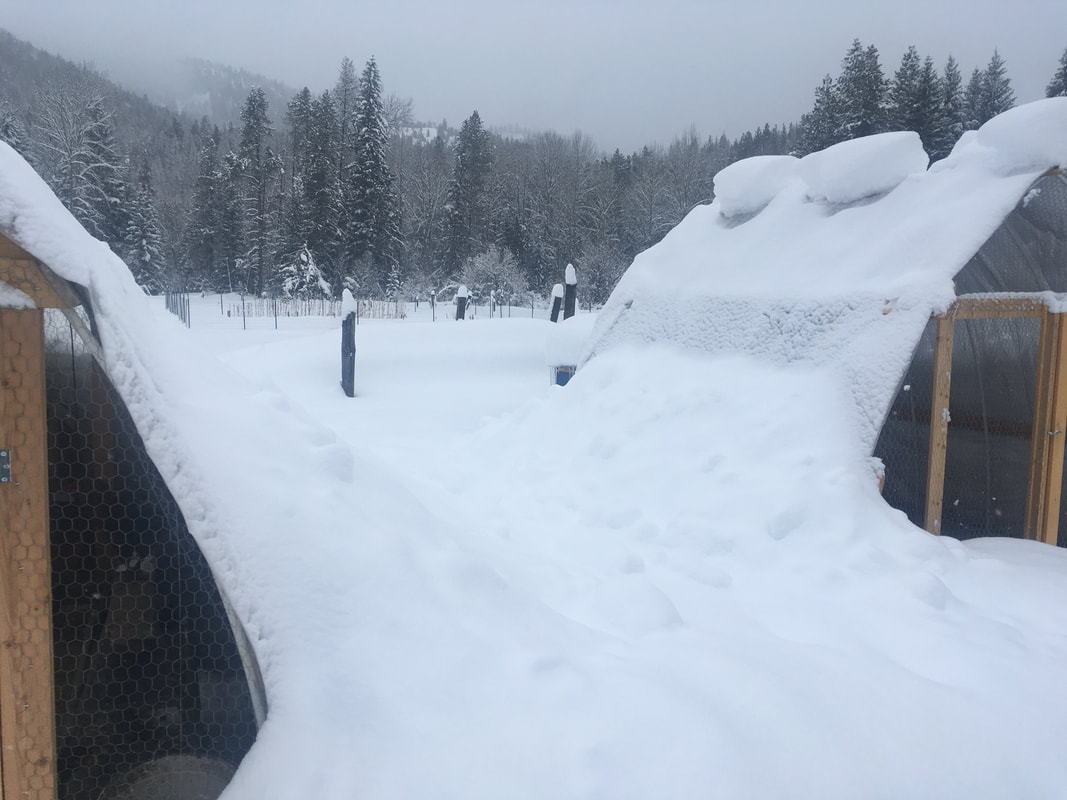
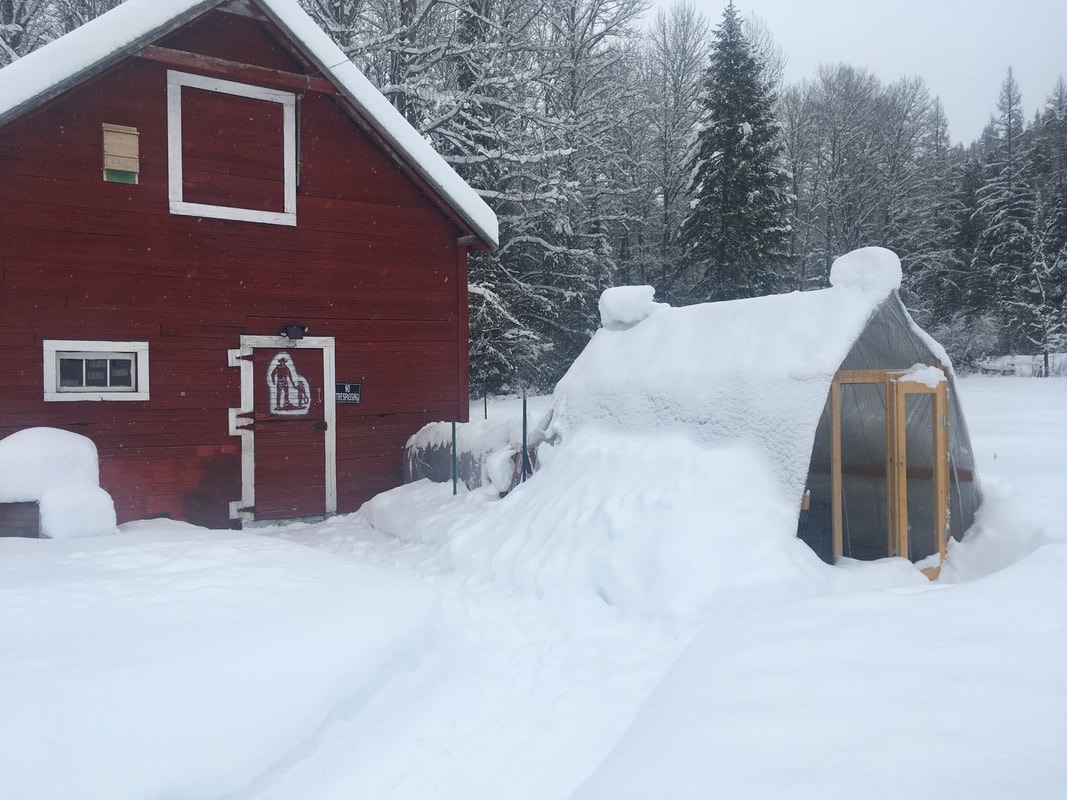
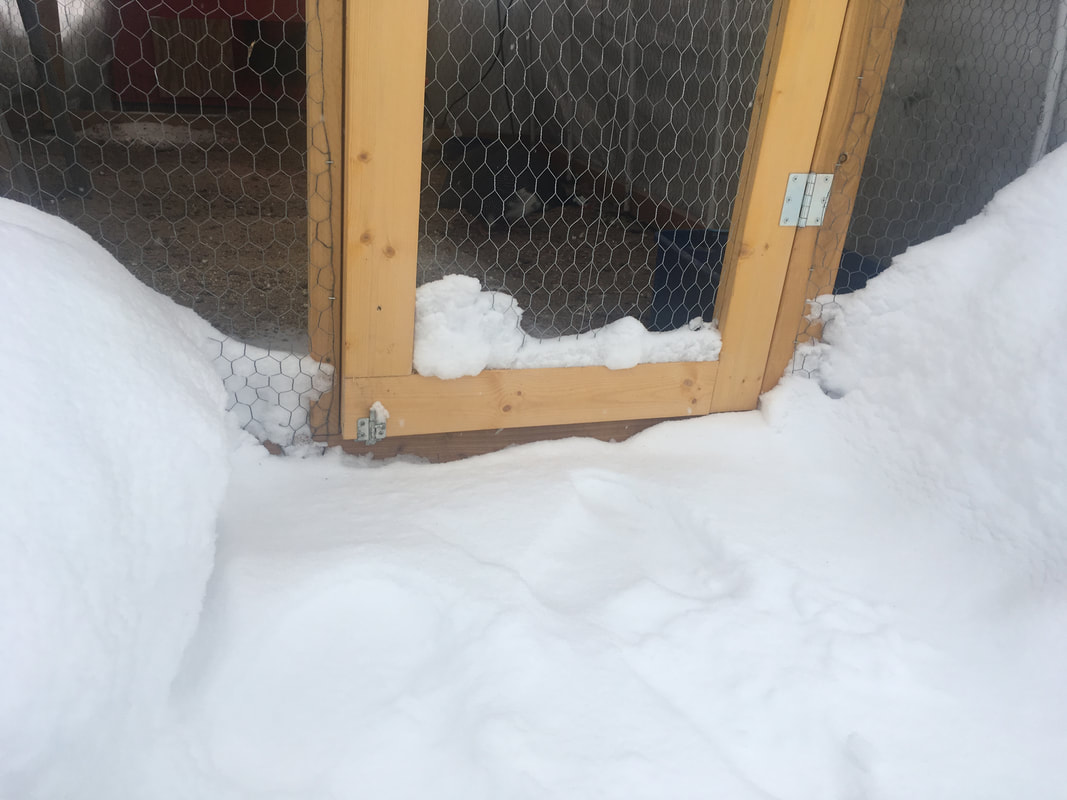
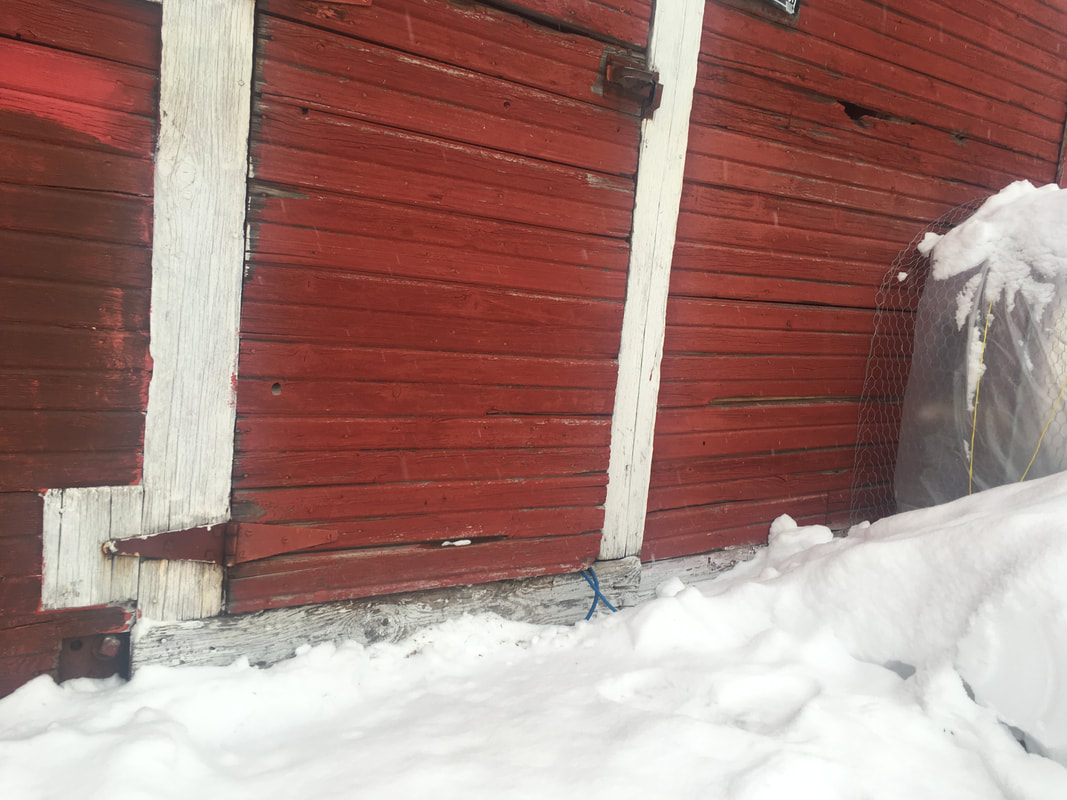
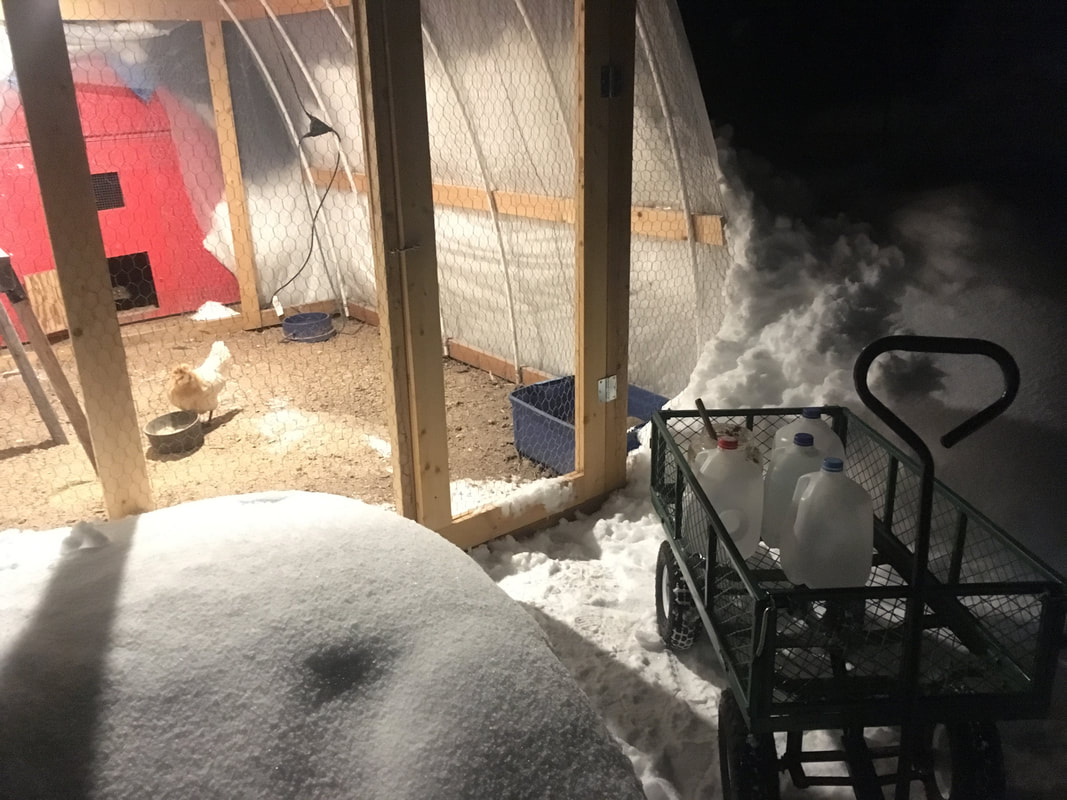
 RSS Feed
RSS Feed